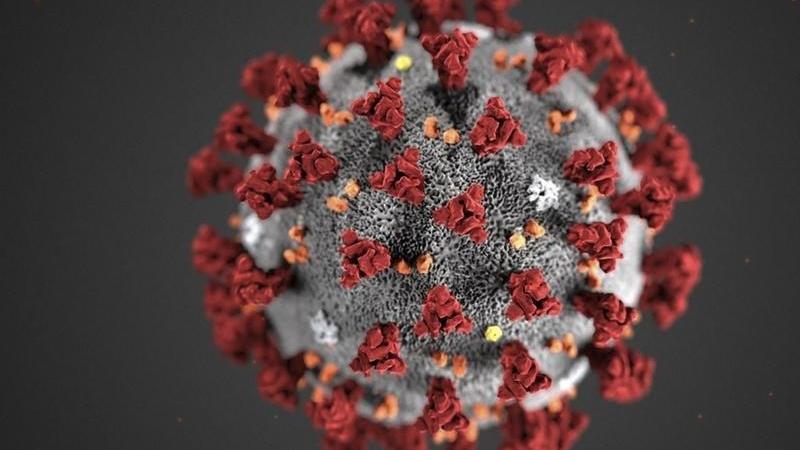
LOS ANGELES/SACRAMENTO - The KP.3.1.1 COVID-19 variant, now the predominant SARS-CoV-2 variant circulating in the United States, has been causing increasing infections in the country, the latest data from the US Centers for Disease Control and Prevention (CDC) showed.
KP.3.1.1, of the Omicron family, is among many currently co-circulating JN.1-derived variants in the United States.
For the two-week period ending Aug 17, KP.3.1.1 is predicted to account for between 31 percent and 43 percent of COVID-19 clinical specimens, compared to between 20 percent and 26 percent for the two-week period ending Aug 3, according to the CDC data released on Monday.
ALSO READ: COVID-19 infections not problematic, experts say
Recent weeks have witnessed a substantial wave of COVID-19 infections across the United States, primarily driven by the emergence of new variants and exacerbated by the hot summer weather.
The viral activity levels in wastewater reached their highest point since July 2022, according to the US Centers for Disease Control and Prevention (CDC)'s wastewater dashboard.
This tracking method, which provides a more comprehensive picture of viral spread than traditional testing methods, indicated that nationally, the wastewater viral activity level for COVID-19 is currently "very high," according to the CDC's latest monitoring report on Aug 15.
The situation was particularly dire in the Western United States, which has been identified as having "the highest wastewater viral activity level" for COVID-19, according to the CDC.
READ MORE: Mpox is not the new COVID, says WHO official
The rise in prevalence of KP.3.1.1 comes as markers of COVID-19 activity, including test positivity, emergency department visits, and hospitalizations, remain elevated, particularly among adults ages 65 years and older and children younger than 2 years.
In May, the hospitalization rate was about one person per 100,000 people. However, by Aug 3, the figure had steadily risen to 4.2 per 100,000, according to the CDC's surveillance system, which comprises over 300 acute-care hospitals in 13 states.
California and Arizona emerged as focal points of concern in the summer surge. Both states are experiencing a substantial rise in infection rates. In California, data from 43 wastewater reporting sites showed that COVID-19 levels were high, comparable to the peak of the winter surge earlier this year.
The situation in Arizona is equally concerning, with a recent AZ Mirror report indicating that the KP.3 variant had become the dominant strain, accounting for more than 50 percent of all positive cases in the state.
Public health experts attributed this latest surge to a group of FLiRT subvariants, which are proving to be the most infectious strains since the pandemic began in 2020.

One of the predominant FLiRT subvariants, KP.3.1.1, has demonstrated increased transmissibility compared to its predecessors. The CDC data showed that this variant caused 27.8 percent of the infections in the country, up from 14.4 percent over a mere two-week period.
The surge was driven by this year's record high temperatures, and increased use of air conditioning, which can facilitate viral spread by drying out the air. High temperatures drove people indoors, where the virus spreads more quickly, contributing significantly to the summer surge in those regions suffering from extreme heat.
While the country is already seeing a rise in COVID-19 cases, the imminent start of the school year could potentially continue fueling the summer surge, presenting a significant challenge for public health officials and school administrators alike.
READ MORE: Massive wildfires ravage US, Europe amid record global temperatures
In response to the surge, the CDC recommended that everyone over the age of six months should get the updated COVID-19 booster, which is expected in the coming weeks. However, the effectiveness of current vaccines against the KP.3 variant remains uncertain.
Preliminary findings suggested that this variant, like its relative KP.2, exhibits some resistance to antibodies generated by the most recent COVID-19 vaccines.


